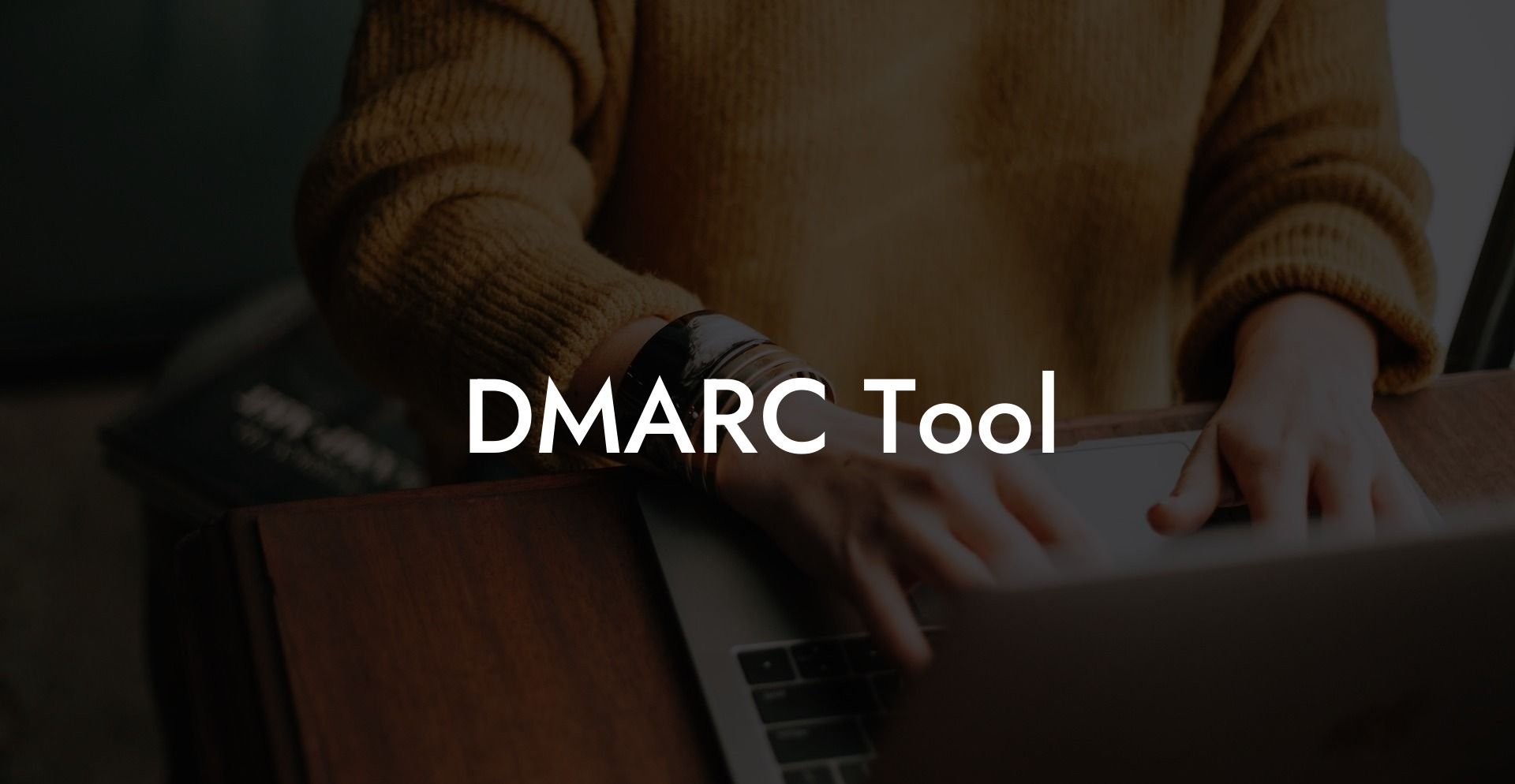The rapidly evolving world of cybersecurity presents no shortage of challenges for businesses and individuals alike. One of these challenges involves the growing threat of email-based attacks, including phishing and other fraudulent activities. In order to stay ahead of the game and protect your online interactions from malicious intentions, it's crucial to implement the right tools and strategies. This is where an essential cybersecurity protocol – DMARC – comes into play. In this article, we'll explore the concept of DMARC, its benefits, and how you can use the DMARC tool to boost your email security.
What is DMARC?
Domain-based Message Authentication, Reporting, and Conformance (DMARC) is an email validation standard designed to combat phishing and other forms of email fraud. It is an essential tool for email administrators and domain owners looking to protect their domains from unauthorized use.
How Does DMARC Work?
Protect Your Data Today With a Secure Password Manager. Our Top Password Managers:
DMARC builds on other existing email security mechanisms, such as Sender Policy Framework (SPF) and DomainKeys Identified Mail (DKIM), to authenticate emails and prevent spoofing. By leveraging the combination of SPF and DKIM, DMARC provides a mechanism for domain owners to dictate how receiving mail servers should handle unauthenticated emails.
The DMARC policy is published as a DNS text record to instruct receiving email servers on how to process emails that have been authenticated by SPF and DKIM. There are three modes of DMARC policy:
- None: Monitoring mode, simply collecting data with no impact on email handling.
- Quarantine: Flagging suspicious emails and placing them into the recipient's spam or junk folder.
- Reject: Blocking unauthenticated emails from reaching the recipient.
Furthermore, DMARC generates reports that provide valuable insights into your email ecosystem, including authentication results and potential threats.
Benefits of Implementing DMARC
There are several compelling reasons for organizations to adopt DMARC:
Enhanced Security
DMARC protects your domain from phishing and spoofing attacks, reducing the risk of financial loss and protecting your brand reputation.
Greater Visibility
By utilizing DMARC's reporting feature, organizations gain greater visibility into their email systems, making it possible to identify attacks and vulnerabilities.
Improved Deliverability
With proper DMARC implementation, email senders can enjoy better deliverability rates, as their messages are more likely to land in the intended recipient's inbox.
How to Implement DMARC
Implementing DMARC can be broken down into several steps:
- Ensure that your domain has SPF and DKIM properly configured.
- Choose the desired DMARC policy (None, Quarantine, or Reject).
- Create the DMARC DNS record and publish it to the domain's DNS.
- Monitor reports, adjust DMARC policy, and modify DNS record as needed over time.
DMARC Tool Example:
To paint a clearer picture, let's consider a realistic example of a business implementing DMARC. Suppose Company XYZ has experienced cases of phishing attacks, where cybercriminals are impersonating them to deceive customers.
Company XYZ decides to implement a DMARC policy on their domain to protect their customers and their reputation. They first ensure their SPF and DKIM settings are in place and then publish a DMARC DNS record with a "quarantine" policy, allowing them to review the flagged emails and adjust their policies accordingly.
Over time, Company XYZ strengthens their DMARC policy to a "reject" mode, blocking unauthorized emails from reaching their customers. They continue monitoring DMARC reports for insight into email security and make necessary adjustments to maintain a high level of protection.
In conclusion, DMARC is an essential tool for anyone looking to protect their domain and email communications from cyber threats. As phishing attacks and email fraud continue to evolve, it's crucial to stay informed and proactive with your security measures. Implement DMARC today and give your online interactions the protection they deserve. Don't forget to share this post if you've found it helpful and explore other guides on our website for even more valuable cybersecurity insights!
Protect Your Data Today With a Secure Password Manager. Our Top Password Managers:















